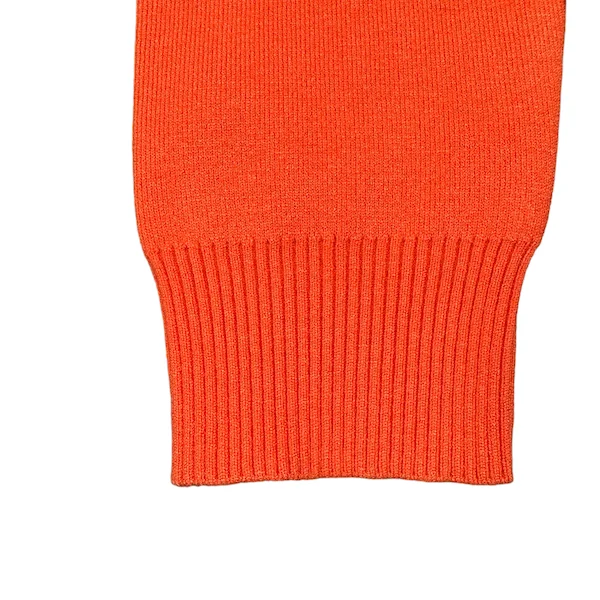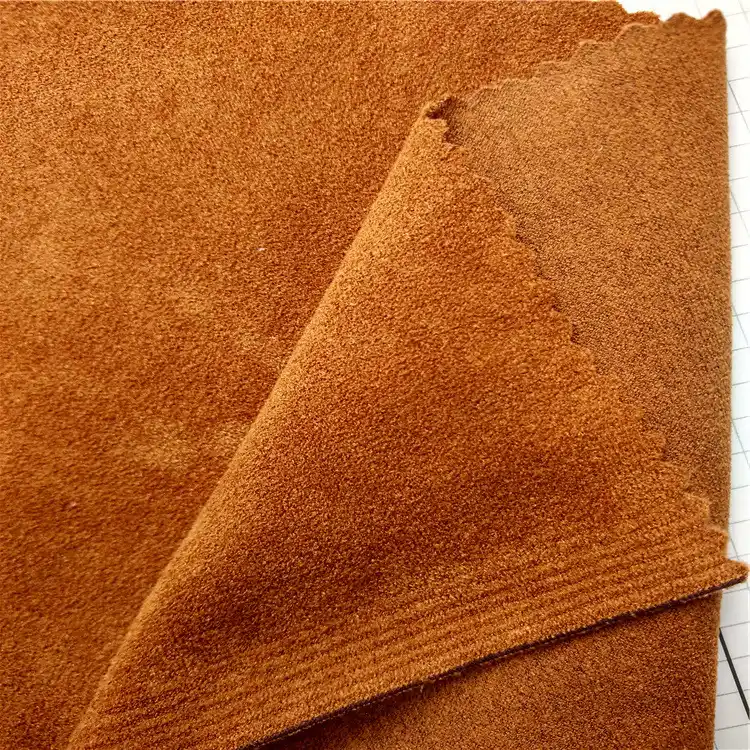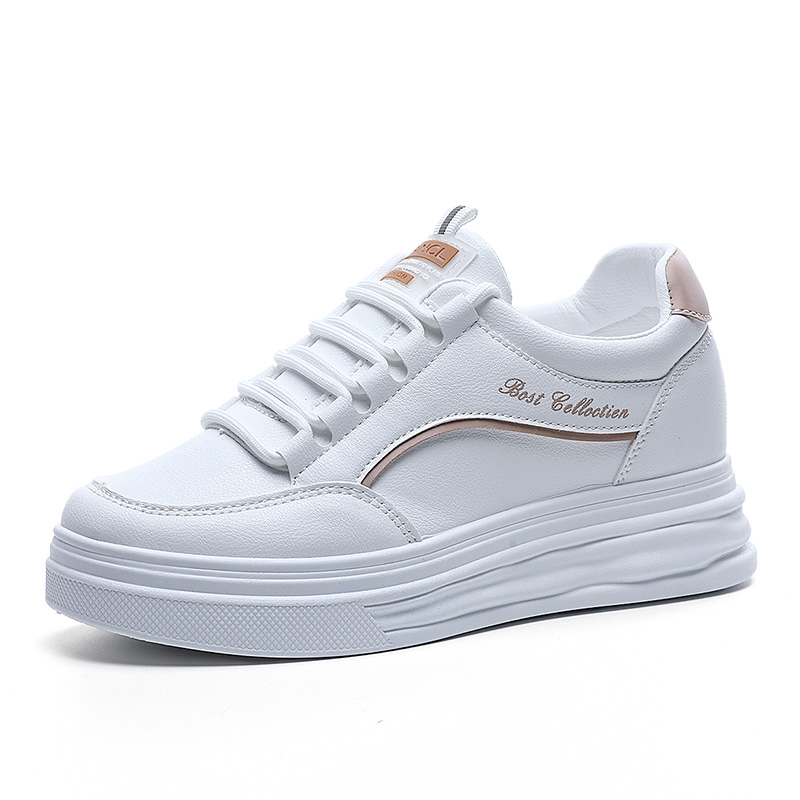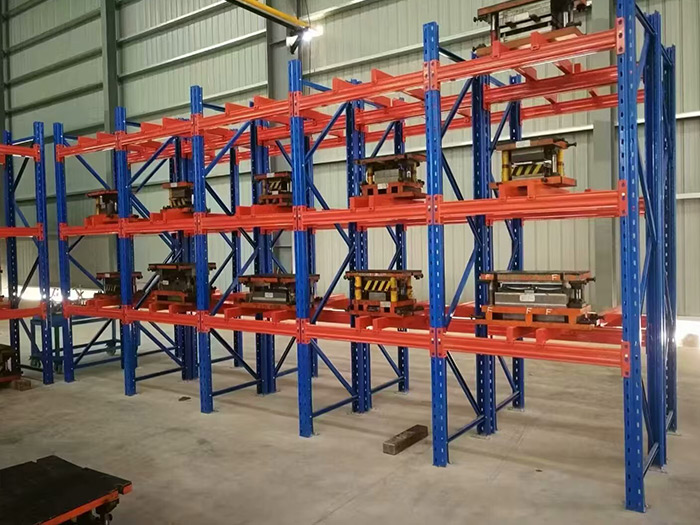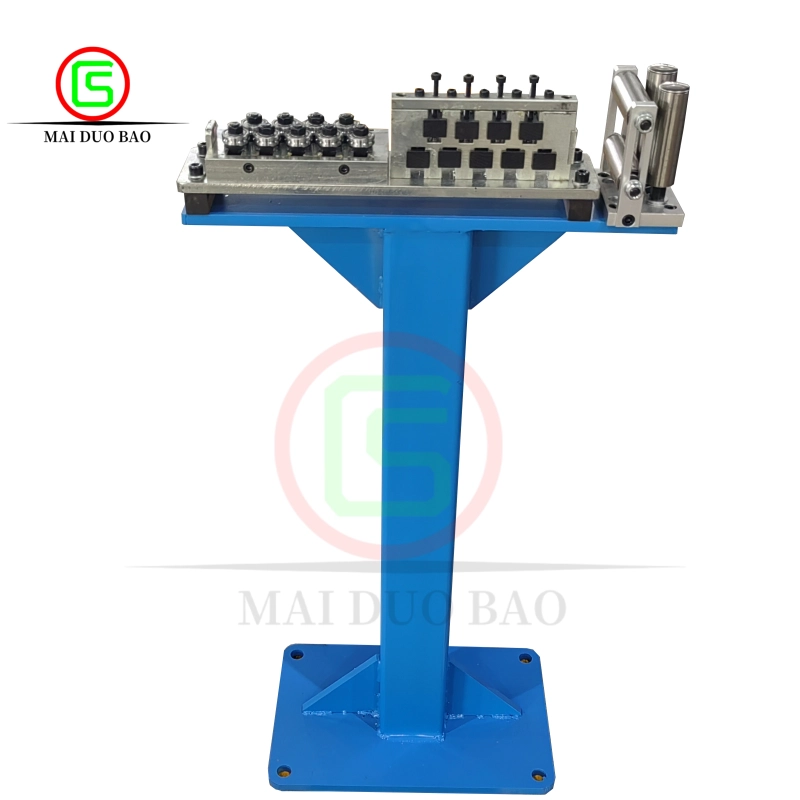In the ever-evolving world of textiles, the quest for lightweight fabrics has become paramount across various industries, from fashion to outdoor gear and technical applications. Lightweight fabrics not only enhance comfort and mobility but also play a crucial role in performance and sustainability. This article delves into the most lightweight fabrics available today, exploring their properties, applications, and the science behind their lightweight nature.
Understanding Lightweight Fabrics
Lightweight fabrics are defined by their low weight per unit area, typically measured in grams per square meter (GSM). These fabrics are engineered to provide maximum functionality while minimizing bulk. The significance of lightweight materials extends beyond mere comfort; they are integral to performance in sportswear, travel gear, and even high-tech applications like aerospace and medical textiles.
Key Characteristics of Lightweight Fabrics
- Breathability: Many lightweight fabrics are designed to allow air circulation, which helps regulate body temperature and wick moisture away from the skin. This is particularly important in activewear and outdoor clothing.
- Durability: Despite their lightness, many of these fabrics are engineered for strength and resilience. Advanced weaving techniques and synthetic fibers enhance durability without adding weight.
- Packability: Lightweight fabrics often possess excellent compressibility, making them easy to pack and carry. This feature is especially valuable for travelers and outdoor enthusiasts.
- Water Resistance: Some lightweight fabrics are treated with water-repellent coatings or are inherently water-resistant, making them suitable for various weather conditions.
The Most Lightweight Fabrics
- Ripstop Nylon
Ripstop nylon is a synthetic fabric known for its lightweight and durable properties. It features a grid pattern of reinforced threads that prevent tearing and ripping. Weighing as little as 30 GSM, ripstop nylon is commonly used in outdoor gear, such as tents, backpacks, and jackets. Its water-resistant qualities and ability to pack down small make it a favorite among hikers and campers.
- Polyester Microfiber
Polyester microfiber is another lightweight champion, often used in clothing and home textiles. With a weight of around 50-100 GSM, this fabric is soft, breathable, and quick-drying. Its fine fibers create a luxurious feel while maintaining durability. Polyester microfiber is widely used in activewear, sports jerseys, and travel apparel due to its moisture-wicking properties.
- Taffeta
Taffeta is a crisp, lightweight fabric traditionally made from silk or nylon. Modern taffeta is often crafted from polyester, making it more affordable and easier to care for. Weighing between 50-100 GSM, taffeta is commonly used in evening wear, linings, and lightweight jackets. Its smooth surface and slight sheen add an elegant touch to garments.
- Chiffon
Chiffon is a lightweight, sheer fabric typically made from silk, nylon, or polyester. With a weight of around 30-50 GSM, chiffon is known for its delicate drape and ethereal quality. It is often used in evening gowns, blouses, and scarves. While it may not be the most durable option, its lightweight nature and beautiful flow make it a popular choice in fashion.
- Georgette
Similar to chiffon, georgette is a lightweight fabric with a slightly heavier weight, usually around 50-70 GSM. Made from silk or polyester, georgette is known for its crinkled texture and flowy drape. It is commonly used in dresses, blouses, and skirts, offering a balance between elegance and comfort.
Applications of Lightweight Fabrics
The versatility of lightweight fabrics extends to various sectors:
- Sports and Outdoor Gear: Lightweight fabrics are essential in the production of performance apparel, tents, and sleeping bags, where weight savings can significantly impact usability and comfort.
- Fashion Industry: Designers often turn to lightweight materials to create flowing silhouettes and layered looks, enhancing the aesthetic appeal of garments.
- Medical Textiles: In the healthcare sector, lightweight fabrics are used in bandages, surgical gowns, and patient apparel, where comfort and breathability are critical.
- Aerospace and Automotive: Advanced lightweight composites are being developed for use in aircraft and vehicles, where reducing weight can lead to improved fuel efficiency and performance.
Conclusion
The search for the most lightweight fabric is not just about reducing weight; it encompasses a range of properties that enhance functionality, comfort, and style. From ripstop nylon to chiffon, each fabric offers unique advantages tailored to specific applications. As technology continues to advance, we can expect even more innovative lightweight materials to emerge, further transforming industries and enhancing our everyday lives. Whether you are an outdoor enthusiast, a fashion designer, or a tech innovator, understanding the characteristics and applications of lightweight fabrics will empower you to make informed choices that align with your needs and values.

